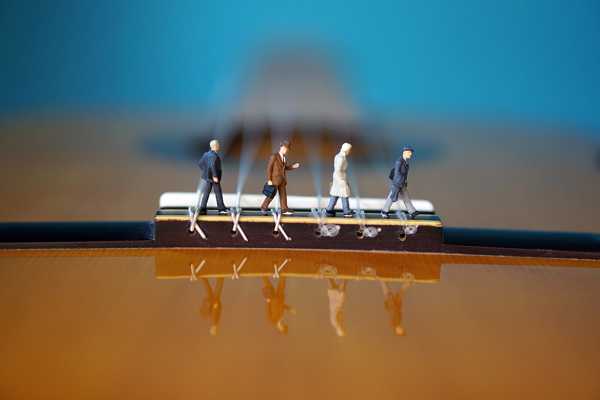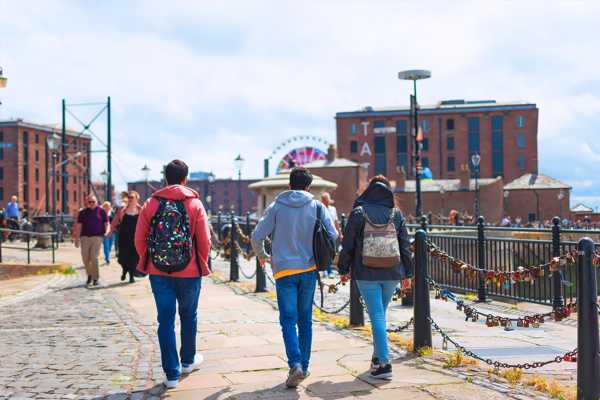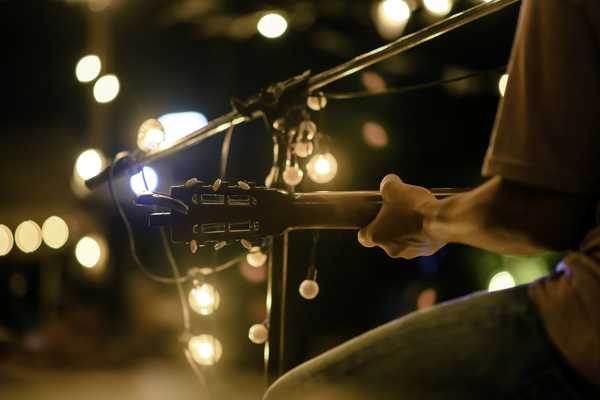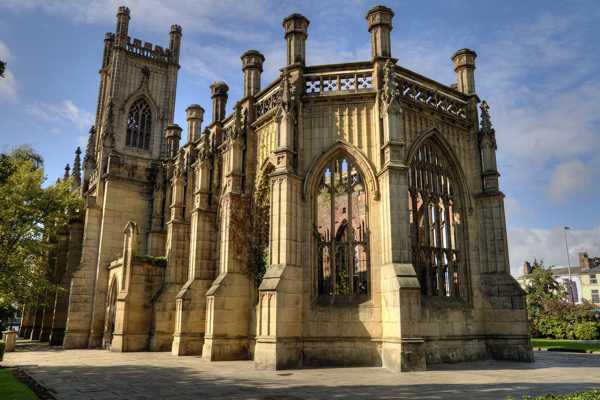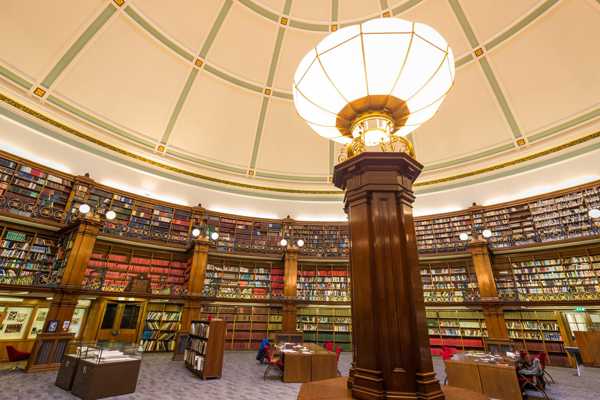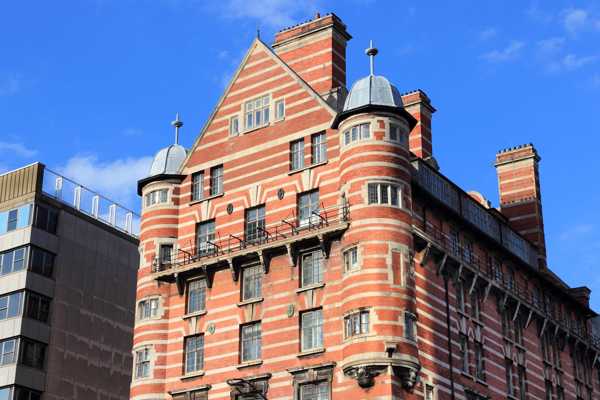Sefton Park is a historic 235-acre park in the south of Liverpool. It originally formed part of the much larger Toxteth Park, which was once stocked with deer. The Earl of Sefton owned the land, giving it his name. In 1867, the council bought a sizeable chunk from him for the not insignificant sum of £250,000. At the time, there was a public outcry at such extravagance. Today, however, most people would agree it was money well spent.
A competition to find a suitable design for the park netted 29 entries. The winners were a French horticulturalist and landscaper by the name of Edouard André and a Liverpool architect called Lewis Hornblower who would take responsibility for the park’s built structures. The Liverpool Corporation awarded them the contract and a 300-guinea prize.
Sefton Park in Liverpool - one of the highlights of 11 Things to Do in Liverpool on a Small Budget and 10 Best Road Trips near Liverpool (Read all about Liverpool here)
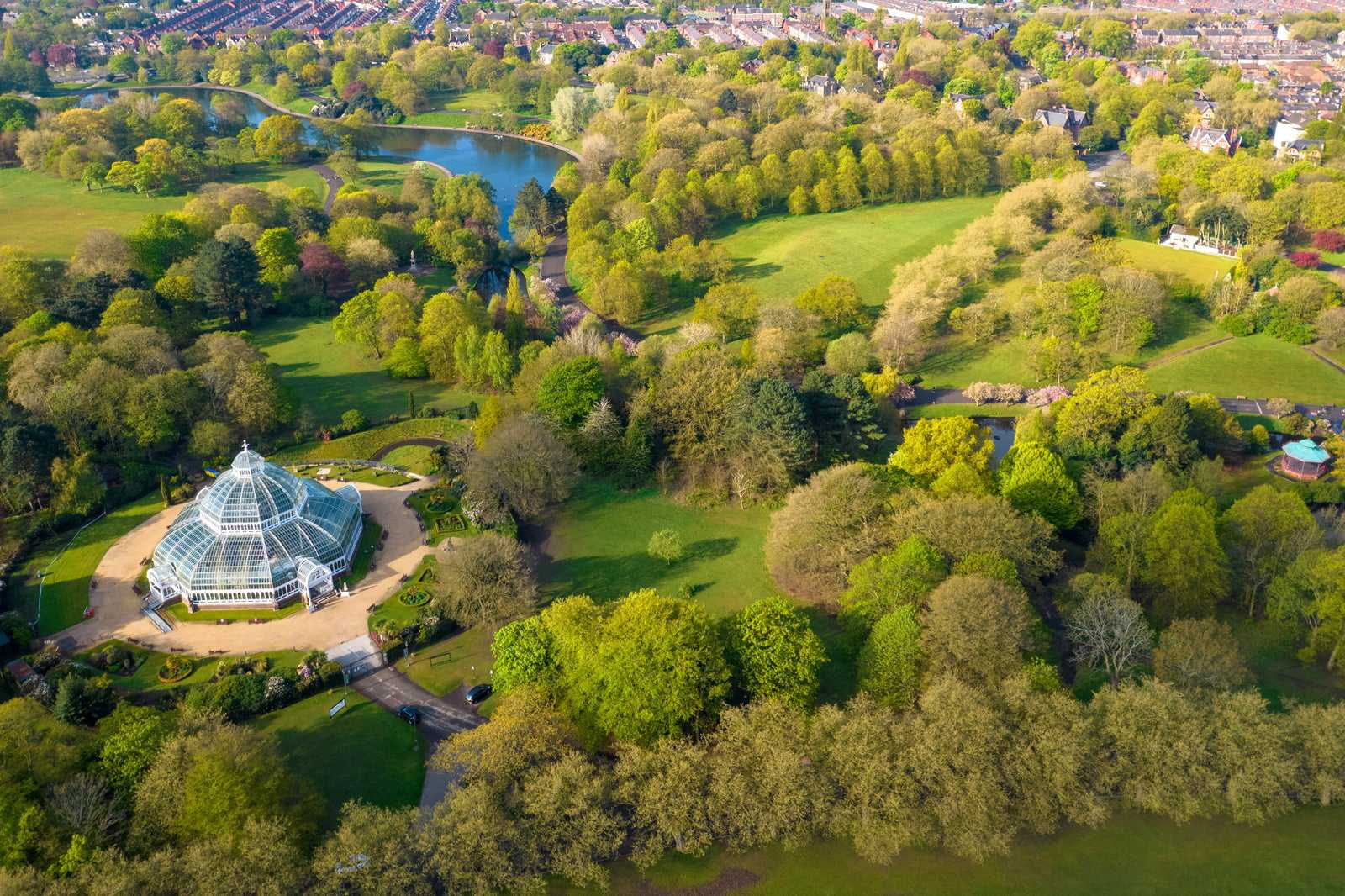
The Palm House at Sefton Park in Liverpool
The Palm House is the most recognisable building at Sefton Park. This Victorian glasshouse is a Grade II*-listed structure. It houses an array of specimens from 5 continents. These include palms, orchids, hibiscus, bougainvillaea and cannas. Today, there are over 200 plants in the Palm House. Some of them are rare and one is extinct in the wild.
Together with the Croxteth Park Walled Garden, the Palm House holds part of the Liverpool Botanical Collection, which was founded by botanist William Roscoe in 1802. The Palm House itself was a late 19th-century addition to Sefton Park. Local millionaire Henry Yates Thompson put up the funds to build it and stock it with exotic plants. In World War II, it suffered considerable damage in the Liverpool Blitz. Although it was reglazed in 1950, the structure was neglected and became unsafe.
Following a successful public fundraising campaign in the 1990s, it was restored to its former glory and reopened fully in 2001. Surrounding the Palm House are several statues of historical figures. As befits a maritime city, these include Christopher Columbus, Captain Cook, Henry the Navigator and Gerardus Mercator. Unsurprisingly, given what’s inside, there’s also a statue of Charles Darwin.
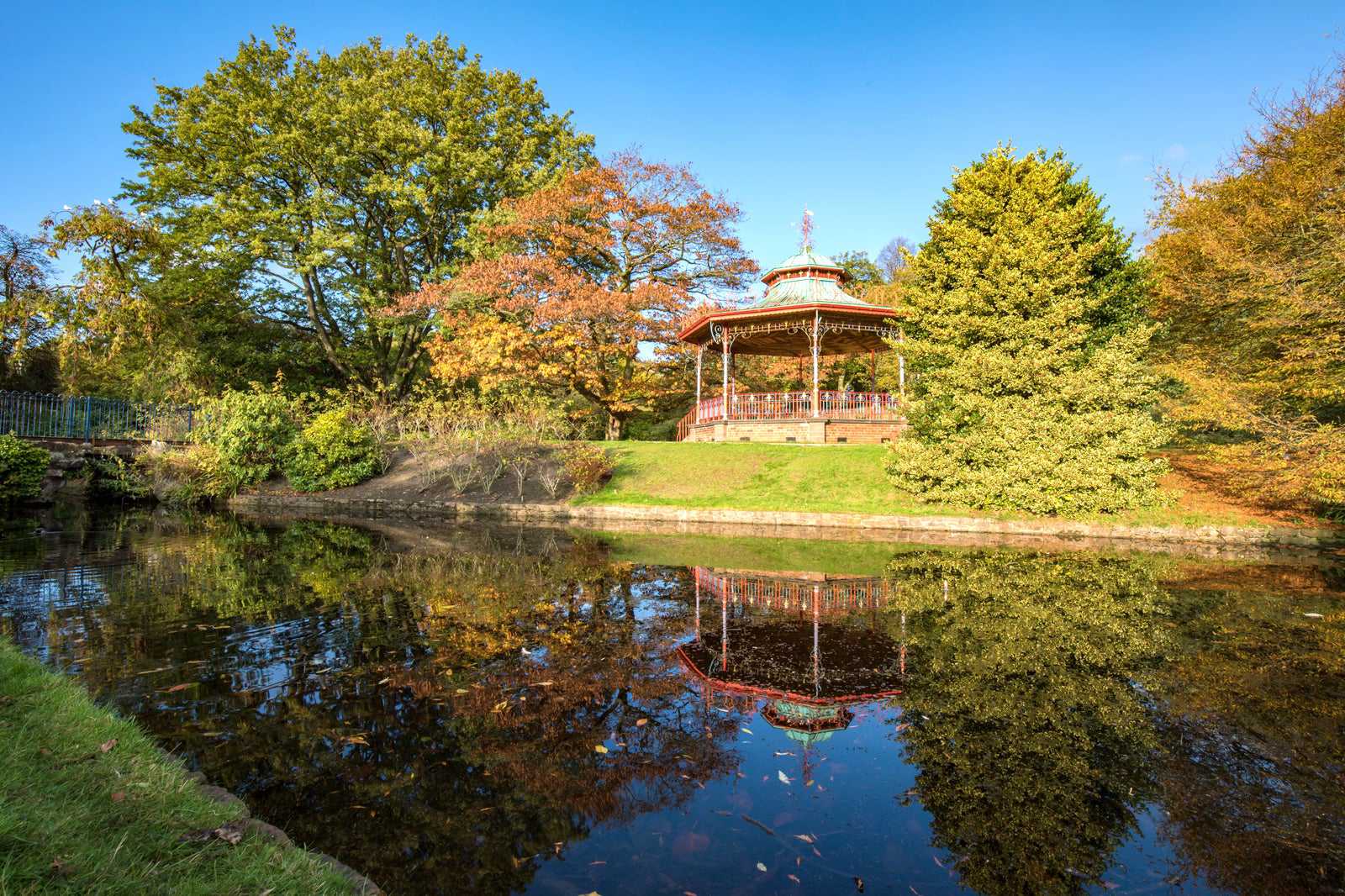
What other things are there to see and do at Sefton Park?
Elsewhere in the park, you’ll see several memorials and monuments. There is a statue of Peter Pan – a replica of the one that author J. M. Barrie donated to Kensington Gardens in London. The Shaftesbury Memorial Fountain with its statue of the Greek god Anteros is another copy, this time of the famous Piccadilly Circus landmark.
The park’s bandstand has been popular with the people of Liverpool since Victorian times. Local lore holds that the Beatles took their inspiration from this iconic landmark when they wrote Sergeant Pepper’s Lonely Hearts Club Band.
Fairy Glen is an enchanting series of waterfalls spanned by a 19th-century iron bridge. Tucked away in a hidden corner of the park is Old Nick’s Cave, a rock grotto built in 1870. More prominent is the Marie Curie Field of Hope, which bursts into colour each spring as a million daffodils come into flower on the grass beside the lake.
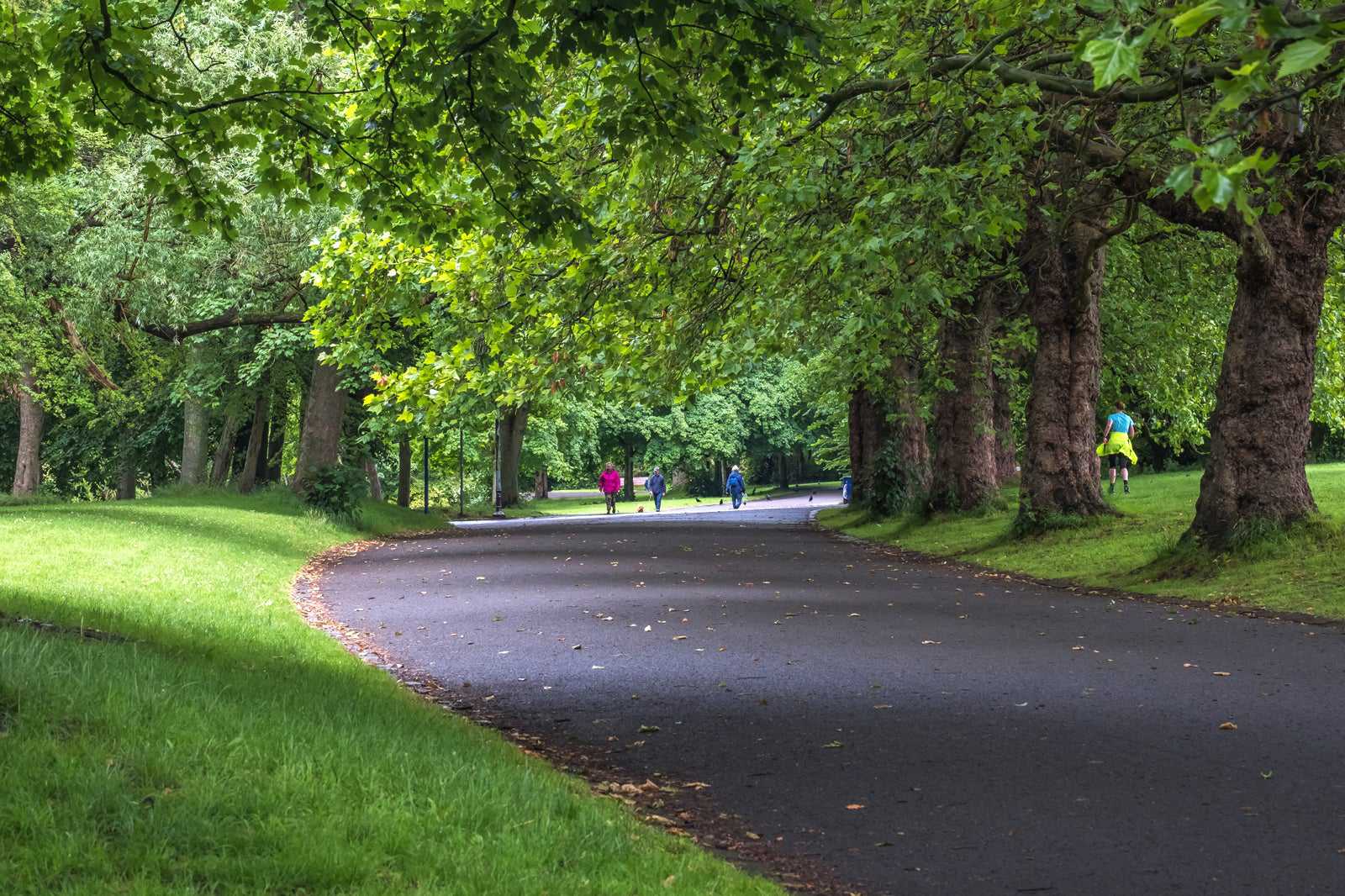
Good to know about Sefton Park
Sefton Park is far more than simply an area of parkland. The Sefton Park Cricket Club has been based here since 1876. Local league football clubs play at weekends and there’s also a bowling green, tennis courts and jogging track. It’s part of the circuit for various running races such as the Liverpool Half Marathon. Anglers in possession of the required permit can fish from the lake.
Aside from sports, kids will appreciate the children’s playground, which is equipped with swings, climbing frames, slides and a roundabout. The Royal Liverpool Philharmonic Orchestra has staged concerts in the park and the Moscow State Circus has performed here while touring.
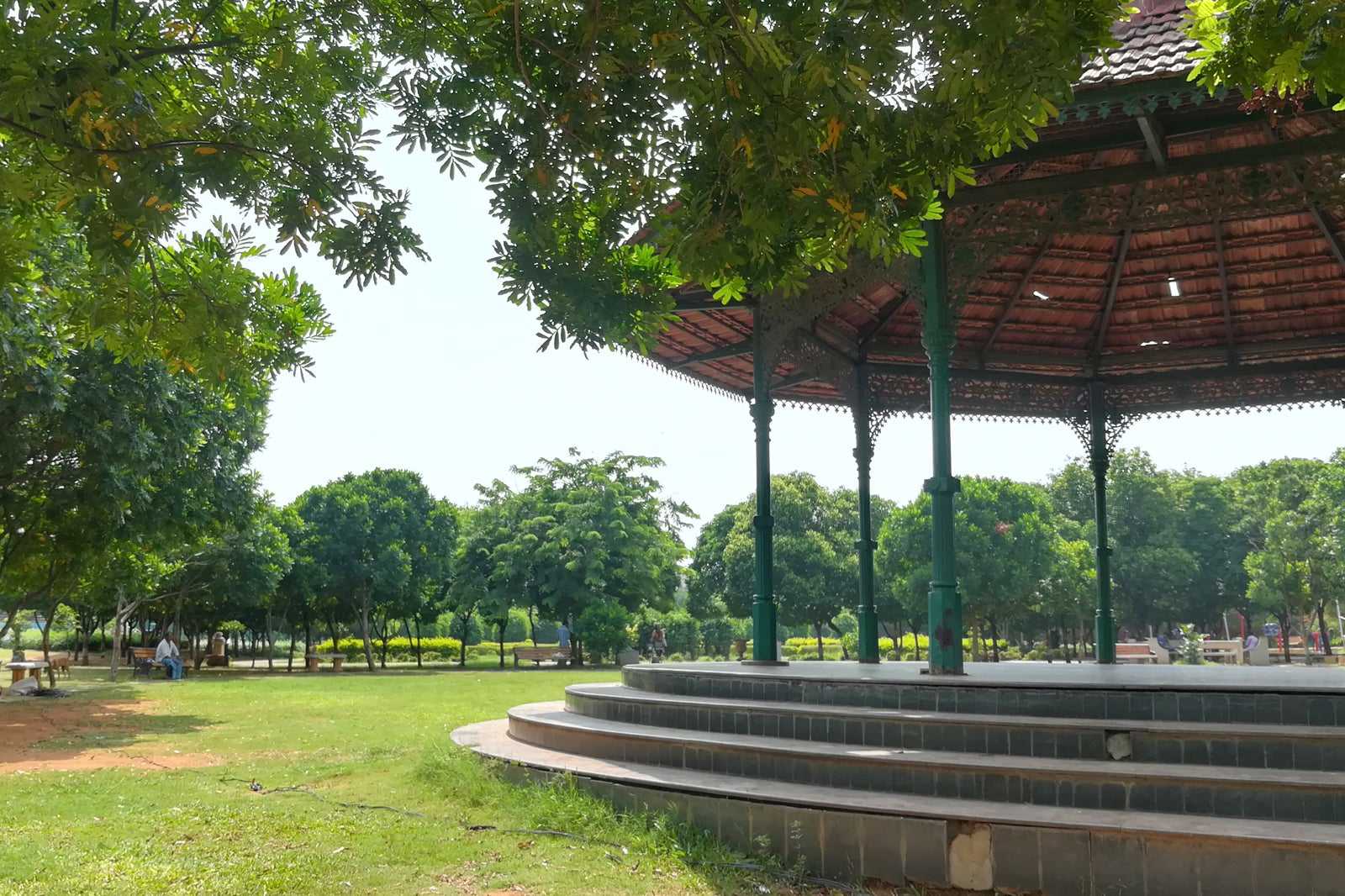
Sefton Park in Liverpool
Lokasi: Sefton Park, Liverpool L17, UK
Buka: 24/7











